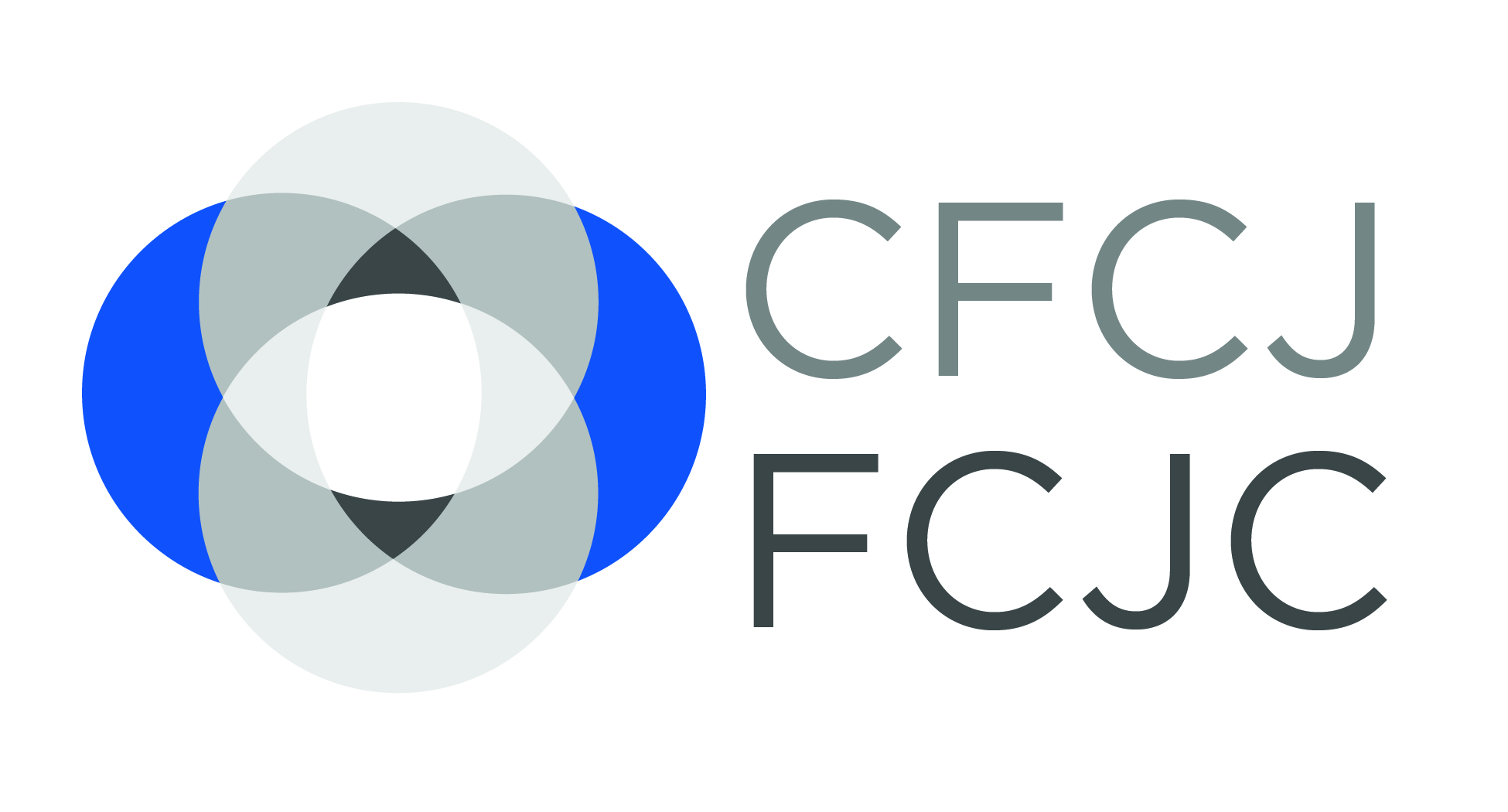Inventory of Reforms
BC Child Protection Mediation Program
Year:
1992
Description:
BC Ministry of Attorney General program offering mediation for litigants in child protection cases to save time and reduce the number of cases going to contested protection hearings.
Status:
Permanent implementation
Jurisdiction:
British Columbia
Body Responsible:
Ministry of Children and Family Development – Child and Family Development Division
Ministry of Attorney General – Dispute Resolution Office
Timeline:
1992 – 1993: Child protection mediation piloted in Victoria
October 1997: Child Protection Mediation Program established
June 2001 – August 2002: Facilitated Planning Meeting Project pilot program in Surrey
Publications:
Child, Family and Community Service Act, R.S.B.C. 1996, c. 46, s. 22. [CFCSA]
Mediation in Child Protection Cases (webpage) (BC Dispute Resolution Office, 2004).
Dispute Resolution Office – Child Protection Mediation ProgramExternal Link (webpage) (BC Ministry of Attorney General, 2008).
What is Child Protection Mediation?
Child Protection Mediation in BC
Development:
Following in the footsteps of a number of other North American jurisdictions that have turned to mediation, a child protection mediation pilot project was conducted in Victoria, BC for one year (April 1, 1992 – March 31, 1993). Twenty families were referred to the pilot project. An evaluation was conducted which found the pilot project to be successful and recommended its expansion.
The Ministry of Children and Family Development Child and Family Development Division (MCFD) and the Ministry of Attorney General Dispute Resolution Office (DRO) established the Child Protection Mediation Program in October 1997.
An offshoot of the program titled Facilitated Planning Meeting was commenced as a pilot project at the Surrey courts. The Surrey pilot was completed in 2003, and facilitated planning meetings are now offered as a mediation option in most areas of the Fraser region.
Purpose:
One of the main purposes behind the Child Protection Mediation Program was to save time in child protection cases and reduce the number of cases that went to contested protection hearings. Mediation was seen as a tool by which to achieve more effective decisions that are responsive to the needs of children as opposed to the traditional adversarial process.
Description of Reforms:
The Child Protection Mediation Program is administered by the Dispute Resolution Office (DRO) and the Ministry of Children and Family Development Child and Family Development Division (MCFD).
The CPMD is based on Section 22 of the Child, Family and Community Service Act (CFCSA) (also known as “section 22 mediation”). Section 22 reads:
If a director and any person are unable to resolve an issue relating to the child or a plan of care, the director and the person may agree to mediation or other alternative dispute resolution mechanisms as a means of resolving the issue.
Parents and the director can choose to use mediation when there is a disagreement regarding the care of a child. It can be used to resolve a number of issues, including:
- selecting what services will be needed as part of the plan of care;
- the length of time the child will be in the director’s care;
- the amount and form of access the parent or others have with the child;
- the specific terms of a supervision or access order; or
- other matters relating to the care or welfare of a child.
Mediation is an option that may be tried any time when MCFD is involved with a family under the CFCSA, even before a child is removed or after a hearing. A judge may suggest parties try mediation or any of the parties can request an adjournment to the court proceedings so mediation can occur. Section 23 of the CFCSA provides that if the proceedings are adjourned for mediation, any time limit applicable to the proceeding is suspended.
Any of the parties can ask the other parties to participate in mediation. The suggestion can come from counsel, from a child protection team worker, from the child’s parents or members of the child’s extended family. The child can also request the appointment of a mediator. However, all parties must agree to participate in order for the mediation to proceed. Judges considering a matter under the CFCSA may also suggest the parties try mediation. Mediators are selected from the Child Protection Mediation Roster.
Criteria and Methods of Evaluation:
No evaluations have yet been conducted, however, the Dispute Resolution Office has made it a priority to develop a system of evaluation.
Revision History:
This summary was last reviewed in Aug 16, 2012



